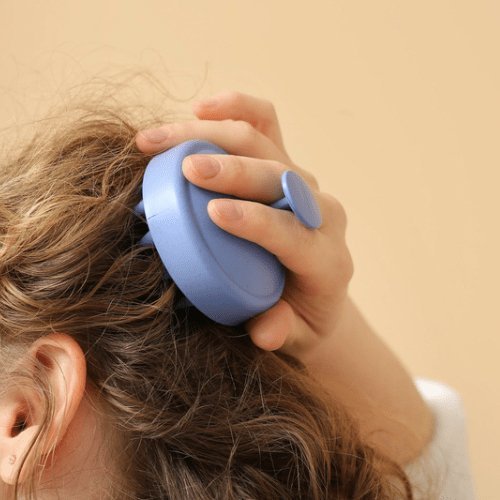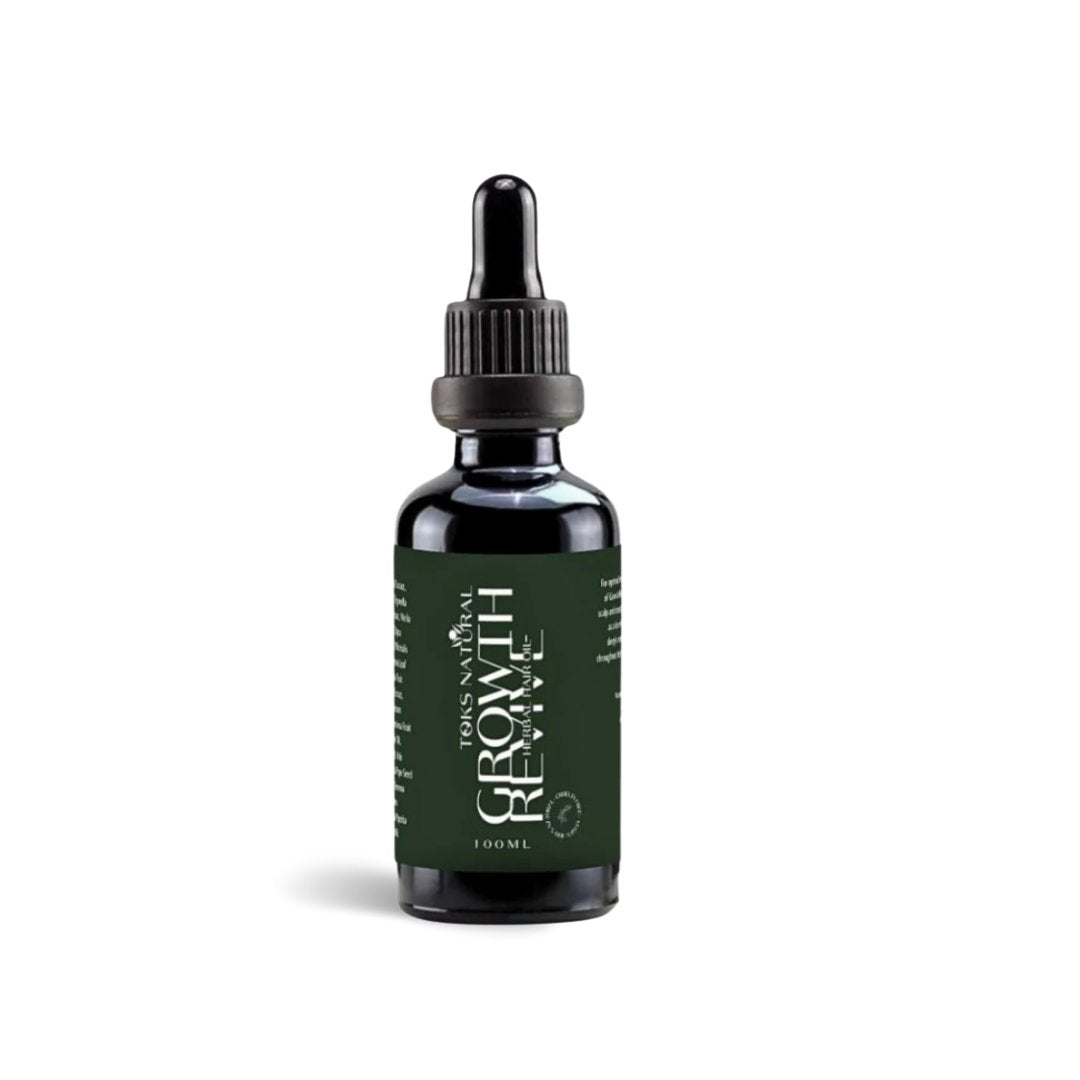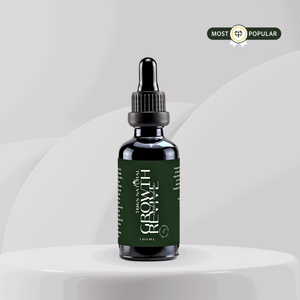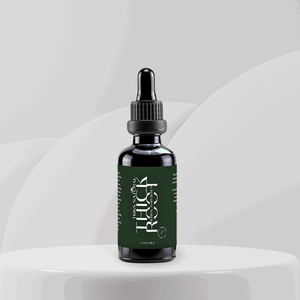
Enhance Hair Growth with These Scalp Massage Techniques
Share
Are you looking for natural ways to boost hair growth and improve scalp health? Look no further than the ancient practice of scalp massage. Not only is it a relaxing experience, but it also stimulates circulation, promotes hair growth, and enhances the effectiveness of essential oils. In this post, we’ll explore various scalp massage techniques, discuss the benefits of specific essential oils, and offer tips on creating a relaxing atmosphere, so you can experience healthier, more vibrant hair.
1. Fingertip Massage
Using the pads of your fingertips is a simple and effective way to start your scalp massage. Here’s how to do it:
- How to Perform It: Start by placing the pads of your fingertips at the front of your hairline and begin moving them in small, circular motions. Gradually work your way back to the crown of your head, applying gentle pressure along the way.
- Focus Areas: Pay special attention to areas that feel tight or dry, as these may benefit most from improved circulation.
- Benefits: Fingertip massage promotes blood flow to the scalp, which helps carry essential nutrients to the hair follicles, encouraging stronger and faster hair growth. Plus, it’s gentle enough for all scalp types, including sensitive ones.
Learn more about how consistent fingertip massages can enhance hair health.
2. Kneading Motion
For deeper relaxation and a more stimulating massage, try the kneading technique.
- How to Perform It: After finishing with the fingertip massage, transition to kneading motions using both fingertips and the palms of your hands. Think of this as a gentle “squeezing” action, similar to kneading dough. Focus on areas like the back of your head and around the temples where tension can build up.
- Benefits: Kneading helps release tension in the scalp muscles and boosts circulation, which in turn brings a fresh supply of oxygen to the hair roots, enhancing hair strength and resilience.
Discover the science behind kneading motion and its impact on scalp health.
3. Effleurage Technique
Effleurage is a technique often used in full-body massages, but it’s also highly beneficial for the scalp.
- How to Perform It: Begin by placing your fingertips at the front of your hairline. Using light pressure, slowly glide your fingertips along the scalp, moving toward the back of your head. This sweeping motion should feel smooth and fluid.
- Benefits: Effleurage is deeply relaxing and helps soothe the nervous system, making it ideal for reducing stress—a known factor in hair loss. This technique also helps increase lymphatic drainage, supporting detoxification and scalp health.
Explore the role of effleurage in promoting relaxation and reducing hair fall due to stress.
4. Essential Oil Infusion
Enhance your scalp massage by incorporating essential oils known for their hair-boosting properties.
-
Recommended Oils:
- Rosemary Oil: Known for its ability to stimulate hair growth by improving circulation.
- Peppermint Oil: Contains menthol, which provides a cooling effect and promotes blood flow to the scalp.
- Lavender Oil: Soothes and balances the scalp, reducing stress and promoting a calming effect.
- Tea Tree Oil: Has antibacterial and antifungal properties, making it ideal for those prone to scalp irritation or dandruff.
- How to Use: Mix a few drops of your chosen essential oil with a carrier oil, such as coconut, jojoba, or almond oil, to avoid skin irritation. Apply the oil blend to your fingertips and begin your massage. Allow the oil to sit for at least 30 minutes, or leave it on overnight for a deeper treatment.
Learn more about essential oils for hair growth and how they support scalp health.
5. Frequency and Duration
To see the best results, consistency is key when it comes to scalp massages.
- Duration: Aim for 5-10 minutes per session. If time permits, a longer session of 15-20 minutes once a week can provide even more benefits.
- Frequency: Start with 2-3 times a week and adjust based on your comfort and routine. Daily massages can be beneficial, especially if you’re using minimal or no oils.
- Benefits of Regularity: By regularly massaging your scalp, you enhance blood flow, support the delivery of nutrients to hair follicles, and encourage relaxation, all of which contribute to healthier, fuller hair over time.
Read more about how frequently to massage your scalp for optimal results.
Creating a Relaxing Environment for Scalp Massage
Incorporating scalp massage into your routine isn’t just about hair health; it’s also an opportunity to unwind and practice self-care. Here are some tips to create a soothing atmosphere for your scalp massage:
- Dim the Lights: A calm setting can help you focus on relaxation, so consider lowering the lights or using candles.
- Play Relaxing Music: Soft background music or nature sounds can enhance the experience and promote relaxation.
- Use a Warm Towel: Wrap your hair in a warm, damp towel for a few minutes before starting the massage. This can help open up pores on the scalp, making it more receptive to the oil treatment.
- Breathe Deeply: Practice deep breathing as you massage your scalp. This not only helps relax your mind but also supports better blood flow and oxygen delivery to the scalp.
Conclusion
Scalp massage is a simple, natural way to support hair growth and maintain a healthy scalp. By incorporating techniques such as fingertip massage, kneading, effleurage, and essential oil infusion, you can stimulate circulation, relieve tension, and nourish your scalp for healthier, more vibrant hair. Make scalp massage a part of your self-care routine—your hair will thank you for the extra attention, and you’ll enjoy the relaxation it brings.
Ready to experience the benefits of scalp massage? Try out these techniques today, share your results with us in the comments below, and explore more natural hair care tips by subscribing to our newsletter!



